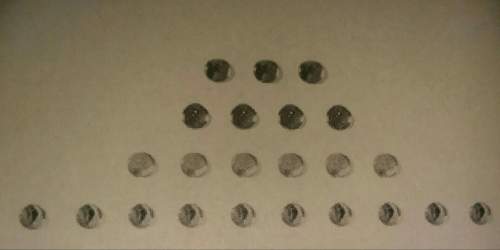
Mathematics, 14.01.2020 22:31 brazilmade1
Suppose we know that the functions r and s are are everywhere differentiable and that r(0)=0. suppose we also know that for 0 ≤ x ≤ 2, the area between the x-axis and the non negative functions h(x)=s(x)dr/dx is 5, and that on the same interval, the area between the x-axis and the non negative function k(x2 = r(x)ds/dx is 10. determine r(2)s(2).

Answers: 3


Another question on Mathematics

Mathematics, 21.06.2019 18:00
What are the equivalent ratios for 24/2= /3= /5.5=108/ = /15
Answers: 1

Mathematics, 21.06.2019 21:30
Find the unit rate for: 75% high-fiber chimp food to 25% high -protein chimp food.
Answers: 2

Mathematics, 21.06.2019 22:30
What is the point of inflection for the function f(x)=2cos4x on the interval (0, pi/2)
Answers: 2

Mathematics, 21.06.2019 23:00
According to a study conducted in 2015, 18% of shoppers said that they prefer to buy generic instead of name-brand products. suppose that in a recent sample of 1500 shoppers, 315 stated that they prefer to buy generic instead of name-brand products. at a 5% significance level, can you conclude that the proportion of all shoppers who currently prefer to buy generic instead of name-brand products is higher than .18? use both the p-value and the critical-value approaches.
Answers: 1
You know the right answer?
Suppose we know that the functions r and s are are everywhere differentiable and that r(0)=0. suppos...
Questions



Biology, 25.09.2019 09:30

English, 25.09.2019 09:30

History, 25.09.2019 09:30

Mathematics, 25.09.2019 09:30

French, 25.09.2019 09:30



Social Studies, 25.09.2019 09:30

History, 25.09.2019 09:30


Mathematics, 25.09.2019 09:30

Mathematics, 25.09.2019 09:30

Social Studies, 25.09.2019 09:30

Mathematics, 25.09.2019 09:30




Advanced Placement (AP), 25.09.2019 09:30





